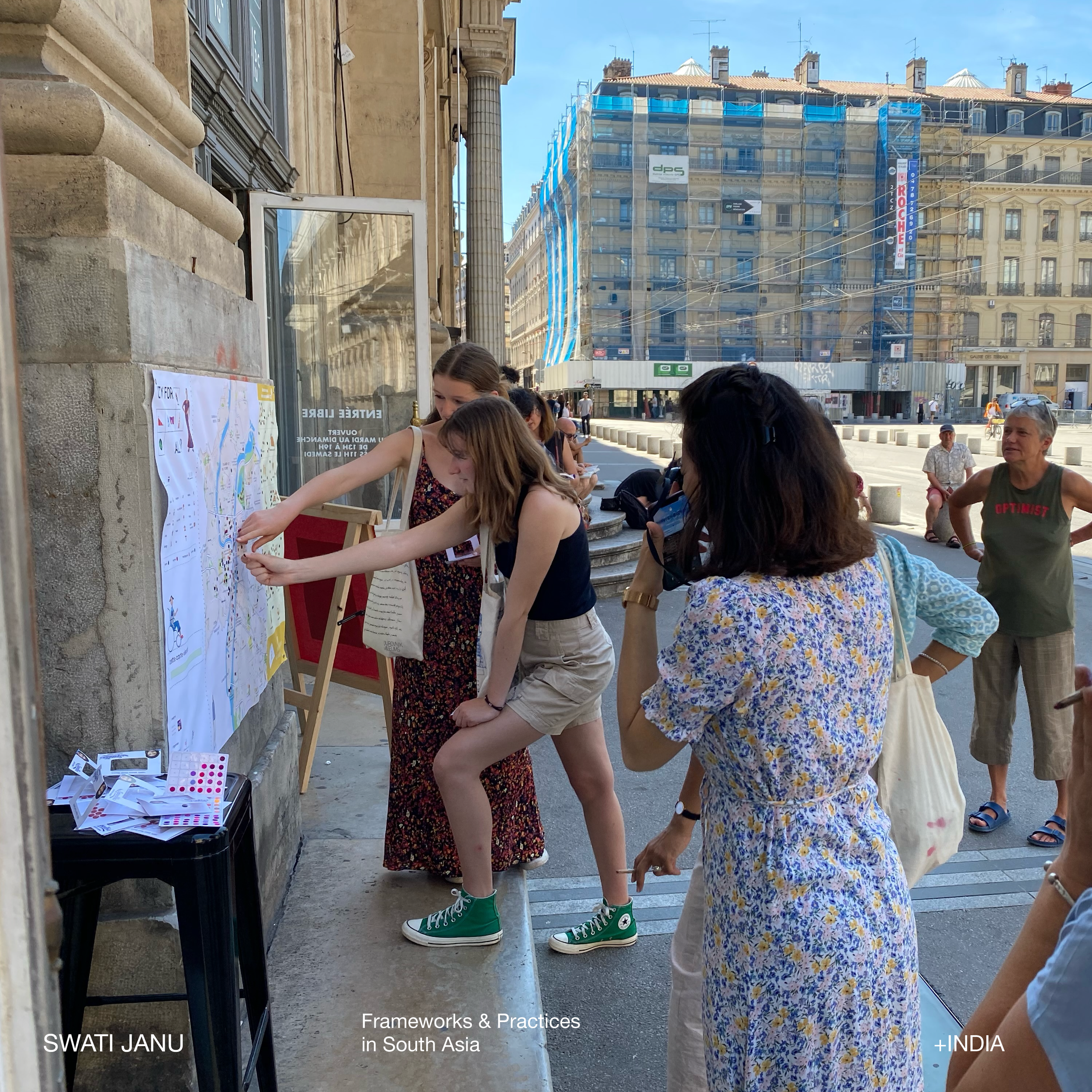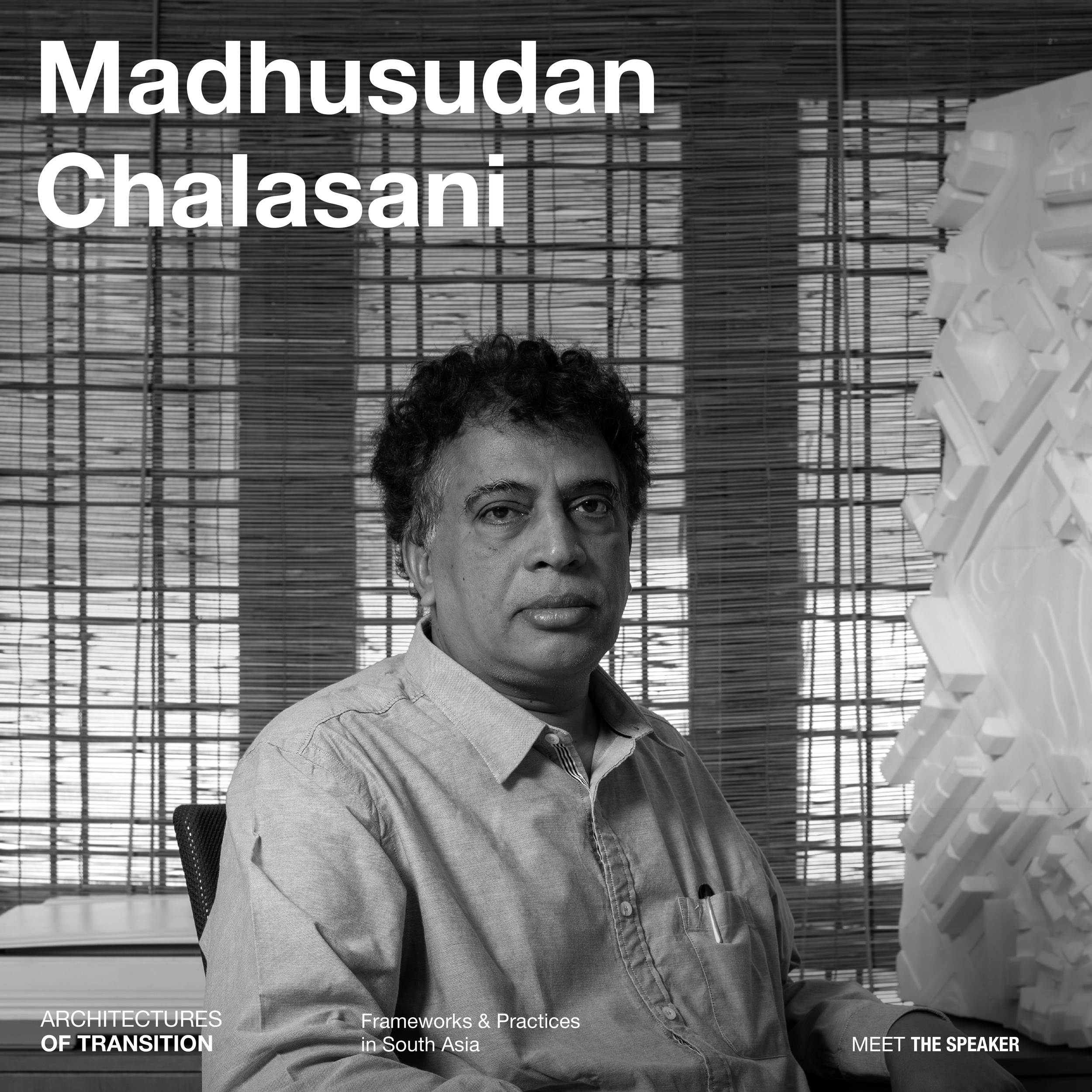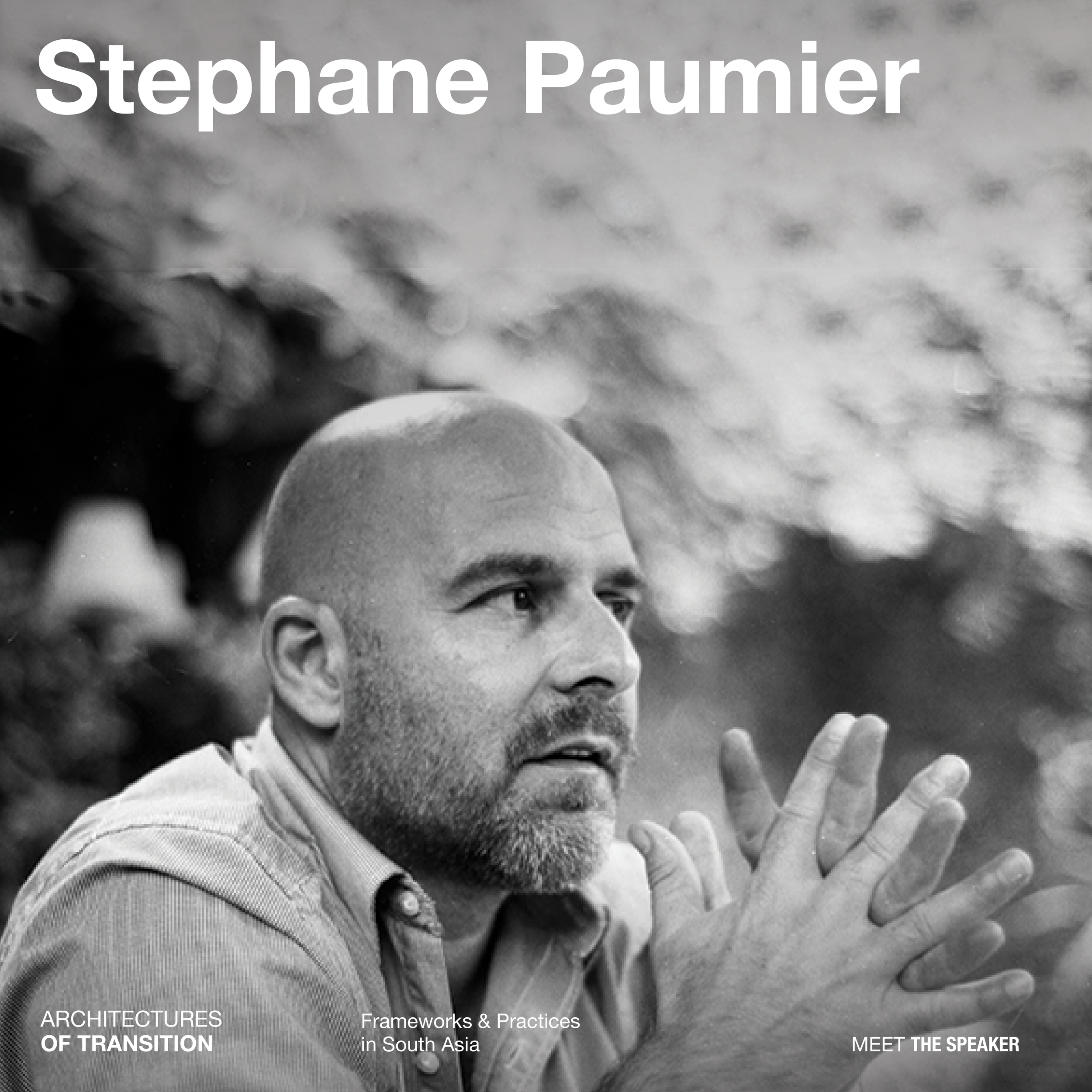Positioning Practice | Patronage
The issue of patronage and positioning practices to respond to differing forms of patronage is becoming a critical question for practitioners. In fact, a multiplicity of forms of patronage characterizes the making of the built environment in South Asia. While private enterprise in the form of middle and upper middle-class clients, developers, and corporations influence a bulk of the built environment, a large majority of the region’s population does not benefit from the services of the architect. This has resulted in several self-initiated searches for patronage at times formulating protocols and processes for the marginalized themselves to become patrons. In these models , architects initiate the organization of community groups and institutionalizing their structures to leverage funding and decision-making processes. The question to then deliberate upon is whether these forms of patronage are increasingly exclusive or can the formulation of practice be nimble enough to simultaneously engage with this spectrum. Or do the cultures that develop through forms of patronage differ so much that they are irreconcilable?
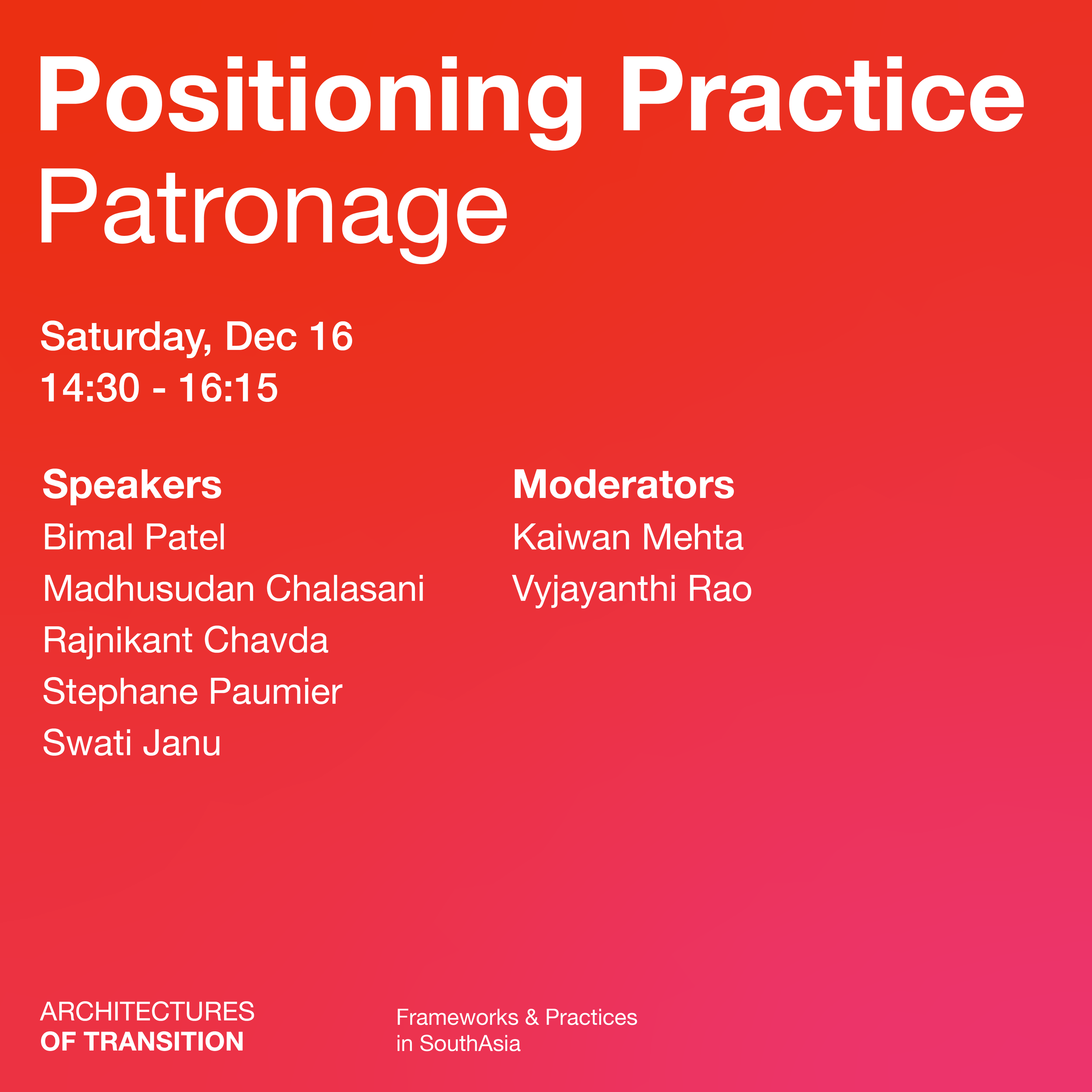
Rajni Chavda has lived and worked in Bhutan for over 35 years and has pioneered contemporary architectural practice in the Himalayan Kingdom. In 1988 he co-founded Bhutan’s first professional consultancy firm ‘Kuenleg Professional Consultants’ and was its principal architect-planner until 1993. Responding to a request from the Royal Govt., he returned to Bhutan in Sept. 2000 and worked as an Urban Designer-Planner with the Ministry of Works and Human Settlement (MoWHS). Over the past two decades he has been engaged with various private and government sponsored design and construction management projects.



Madhusudhan Chalasani is the principal architect and the founder of Studio MADe – an idea-driven architectural practice based out of Hyderabad (India) and Pamplona (Spain). Before establishing his own practice in 2007, Madhu collaborated with renowned architectural firms in Spain where he began focusing on competitions as a means to engage with architecture in the public sphere. The studio’s explorations span various geographies that reflect the diversity of its collaborators. This approach to engaging with the public domain of diverse contexts has enabled the studio to understand the emerging challenges of the architectural profession within contemporary society.

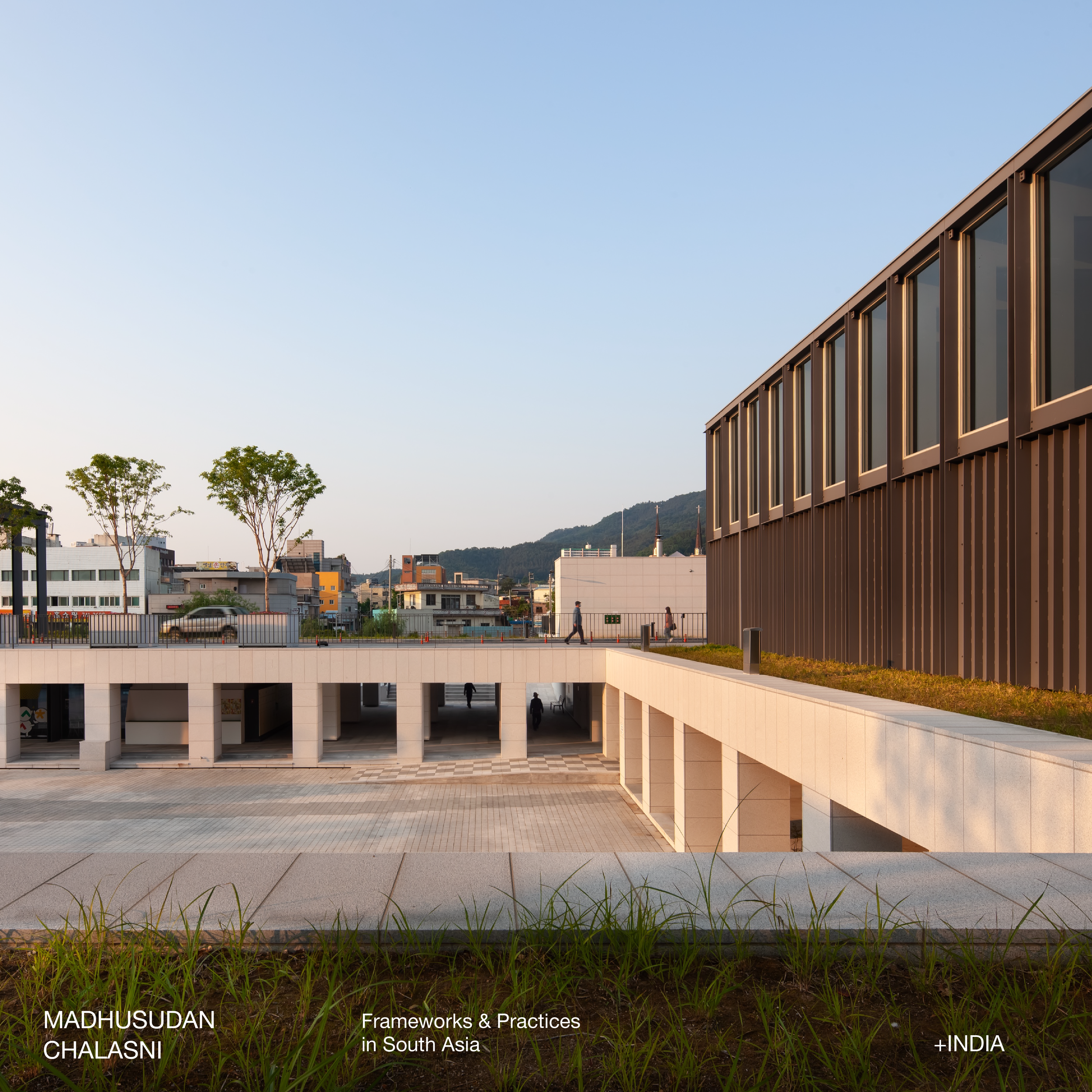

With a degree in Applied Arts, Industrial Design and finally Architecture from Paris, France, Stephane Paumier came to India in 1996 as a young professional at the French Embassy Delhi. He stayed further to open his own studio with Anupam Bansal and Krishnachandra Balakrishnan, SPA Design, in 2005. The practice believes that the structural solutions can not only support the building but also lend an aesthetic idiom to it. The practice focuses on large institutional projects combining urban design and architecture. Beyond architectural and structural expression, the practice focuses on place-making as an aim for each project.

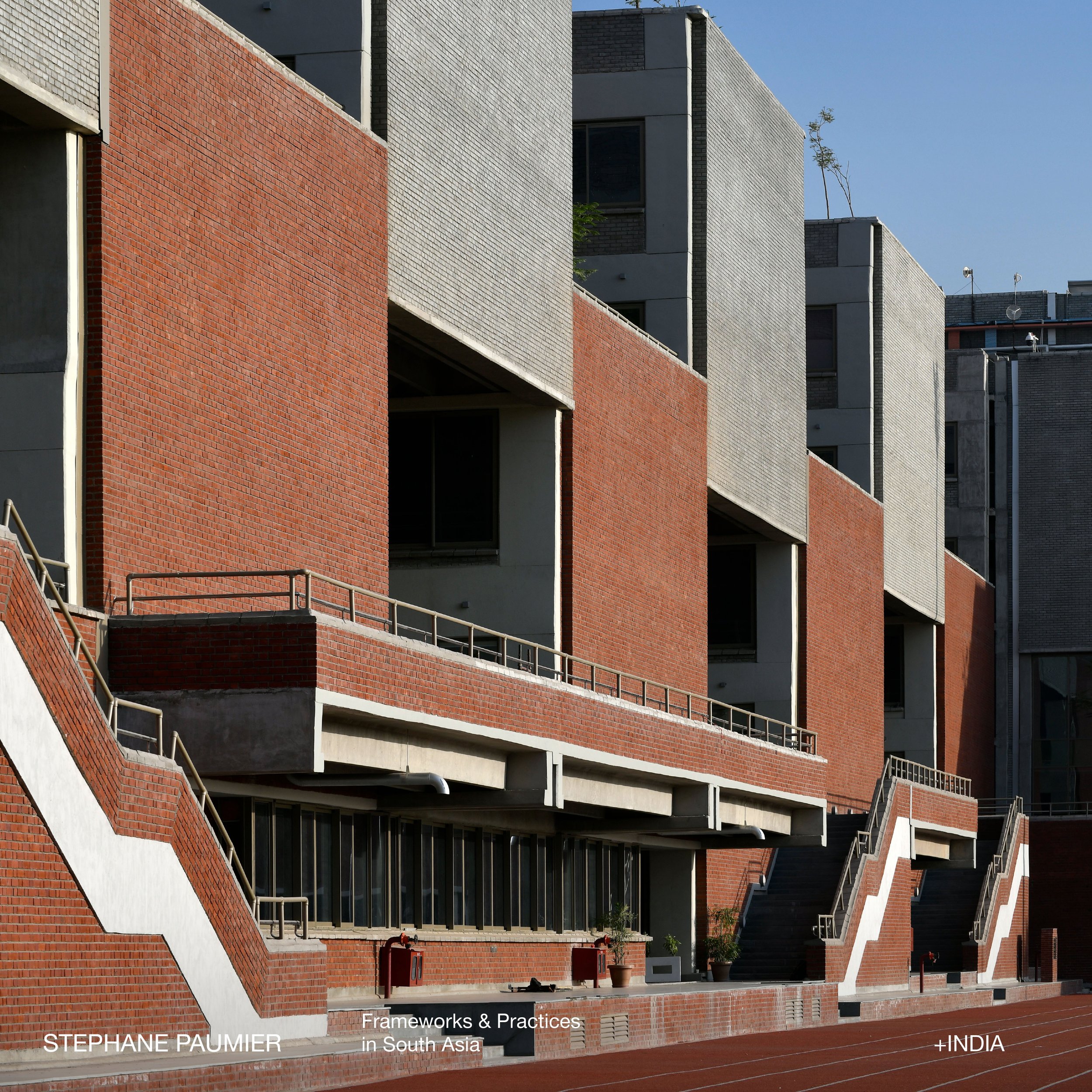

Dr. Bimal Patel is an architect, urbanist and academic who has crisscrossed professional and institutional boundaries to explore the ways in which architecture, urban design and urban planning can enrich lives of people in India’s cities. He has worked extensively with the private sector as well as the government, at municipal, state and central levels. Dr. Patel heads HCP, a multi-disciplinary design, planning and management practice based in Ahmedabad. In 1996, Dr. Patel founded Environmental Planning Collaborative (EPC), a not-for-profit consultancy and policy-research and advocacy organization. Since 2012, Dr. Patel heads CEPT University as its President.

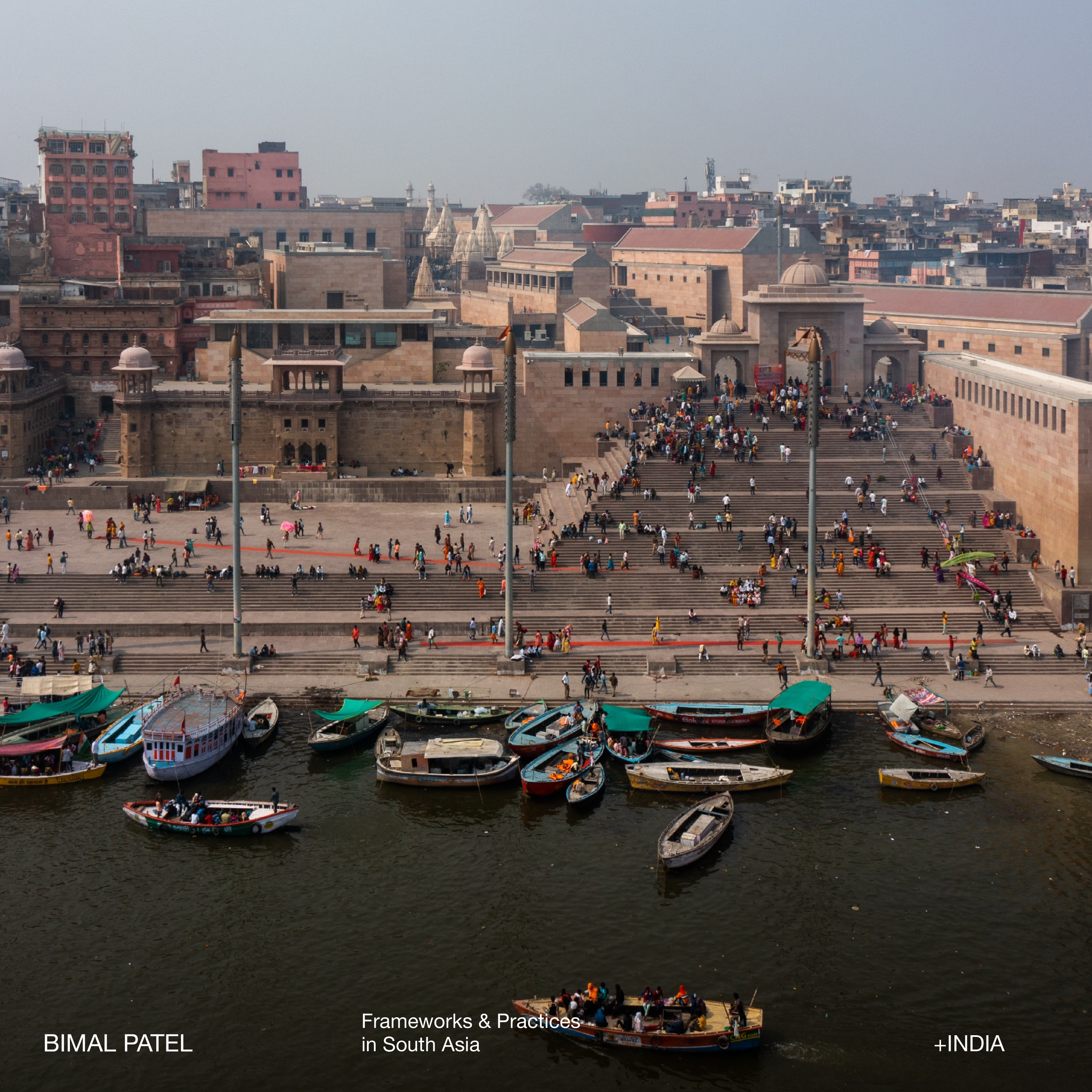

Swati Janu is an architect and artist based in Delhi who works on inclusion in the built environment from gender parity in public spaces to housing rights. Recently awarded the Moira Gemmill Prize for Emerging Architecture 2022, she is the founder of the interdisciplinary practice Social Design Collaborative that has been working towards spatial justice in Indian cities. Her approach combines grassroots activism with policy advocacy, for which she regularly works as a technical consultant on inclusive urbanism. She teaches and writes regularly on participatory planning.


